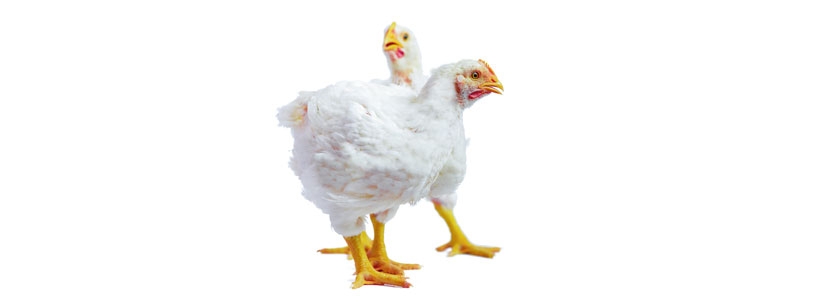Contenido disponible en: Español (Spanish)
When working with tunnel ventilation systems, it is very common to observe a difference in density of 30% or more between the area of the exhausts and the area of the evaporative panels.
Even with sufficient air velocity, this difference in density will cause a variation in body temperature of 1 ° C or more –Figure 1 and 2–.
Typically, the birds at the edge of the evaporative pads weigh less than those at the end of the exhausts. If we can maintain uniformity of density in the house, we can make the air cooler by an average of 1.6°C to 2.8°C, thus allowing the birds at the extremity of the panels to have favourable weights (heavier).
The shorter the photoperiod, the more active the birds will be, as they will try to consume adequate amount of feed and water in a shorter period of time. An increase in activity and feed consumption ratio will result in greater heat production during daylight hours, thus increasing the birds’ body temperature, potentially resulting heat stress.
Body temperature at night
The body temperature will be higher at night since the birds will be sitting for longer. Although many consider it a major problem that birds are sitting during the day, the reality is that they are much more active compared to what happens at night.
When the lights are turned off, the birds sit and the body temperature increases by 0.5 ° C or more, as there is heat loss from the lower part of the bird from sitting on the litter – Figure 3–.
The longer the birds sit, the longer their body temperature will remain elevated, and the more likely growth will be affected.
3.-The evaporative panels must be programmed to start operating at 29.4 ° C and not at 26.7 ° C
During hot and humid times, when the temperature of the house is at 26.7 ° C, the external relative humidity is generally greater than 80%. Turning the evaporative panels on under these conditions will only reduce the temperature by 1.0 ° C, and will cause the relative humidity to increase to 90% or more during morning and night times –Figure 4–.
It is important to note that the bird’s respiratory system acts as an internal evaporative system, helping to remove about 50% of the bird’s heat.
Keep up to date with our newsletters
Receive the magazine for free in digital version
REGISTRATION
ACCESS
YOUR ACCOUNT
LOGIN
Lost your password?

